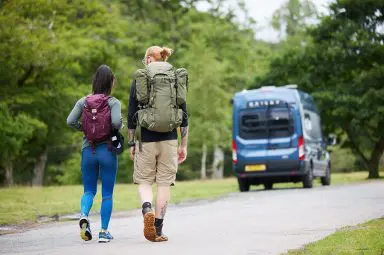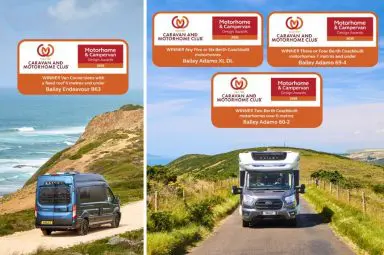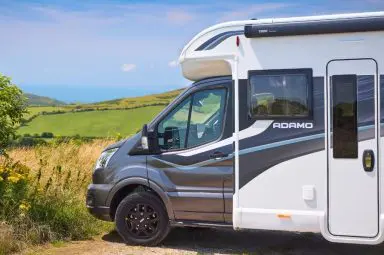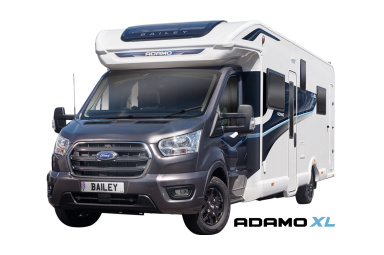Preparing Your Motorhome for Winter Touring: Checklist
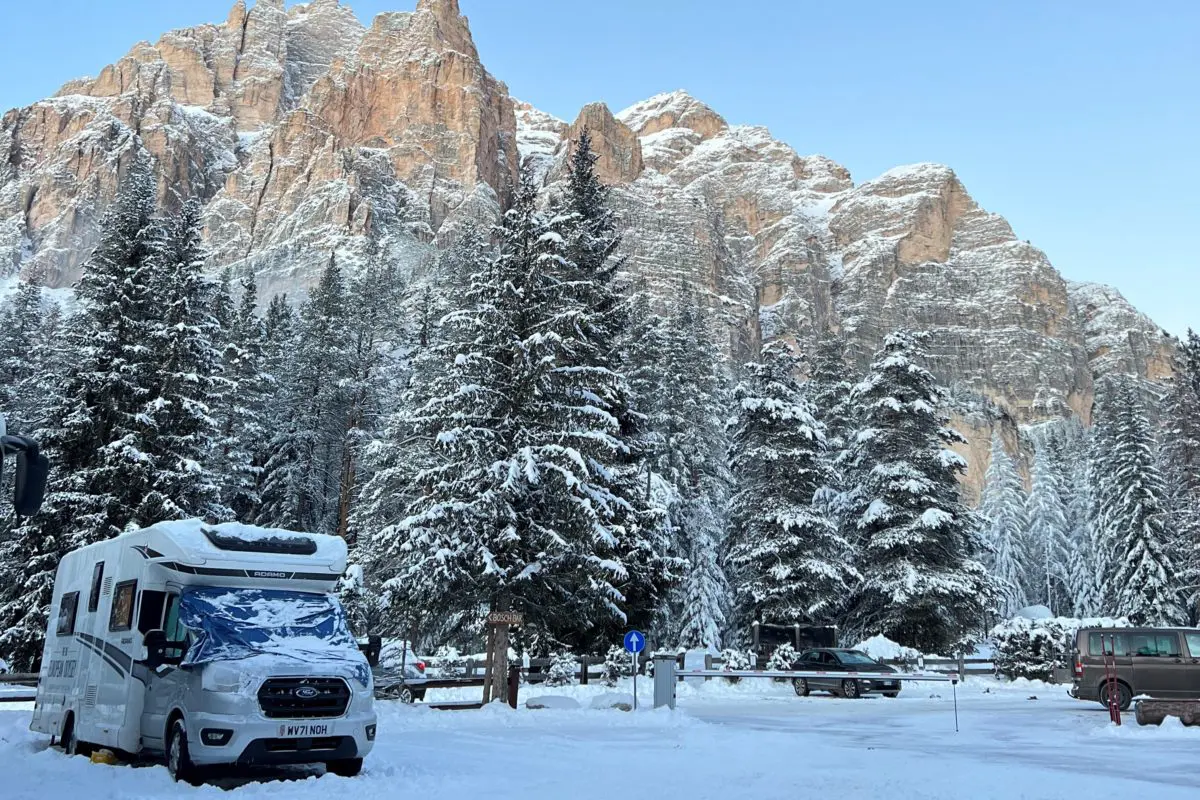
The key lies in being prepared for the winter months, as we discovered first-hand during our recent visit to the Dolomites as part of The Big European Odyssey. We hadn’t originally planned on being in the mountains during winter, but the opportunity to learn to ski was too good to pass up, so we returned to Sass Dlacia Camping, the highest campsite in the Dolomites at 1700m, as the snow fell, and temperatures plummeted to -17. Nothing like extreme winter conditions to put the Adamo to the test.
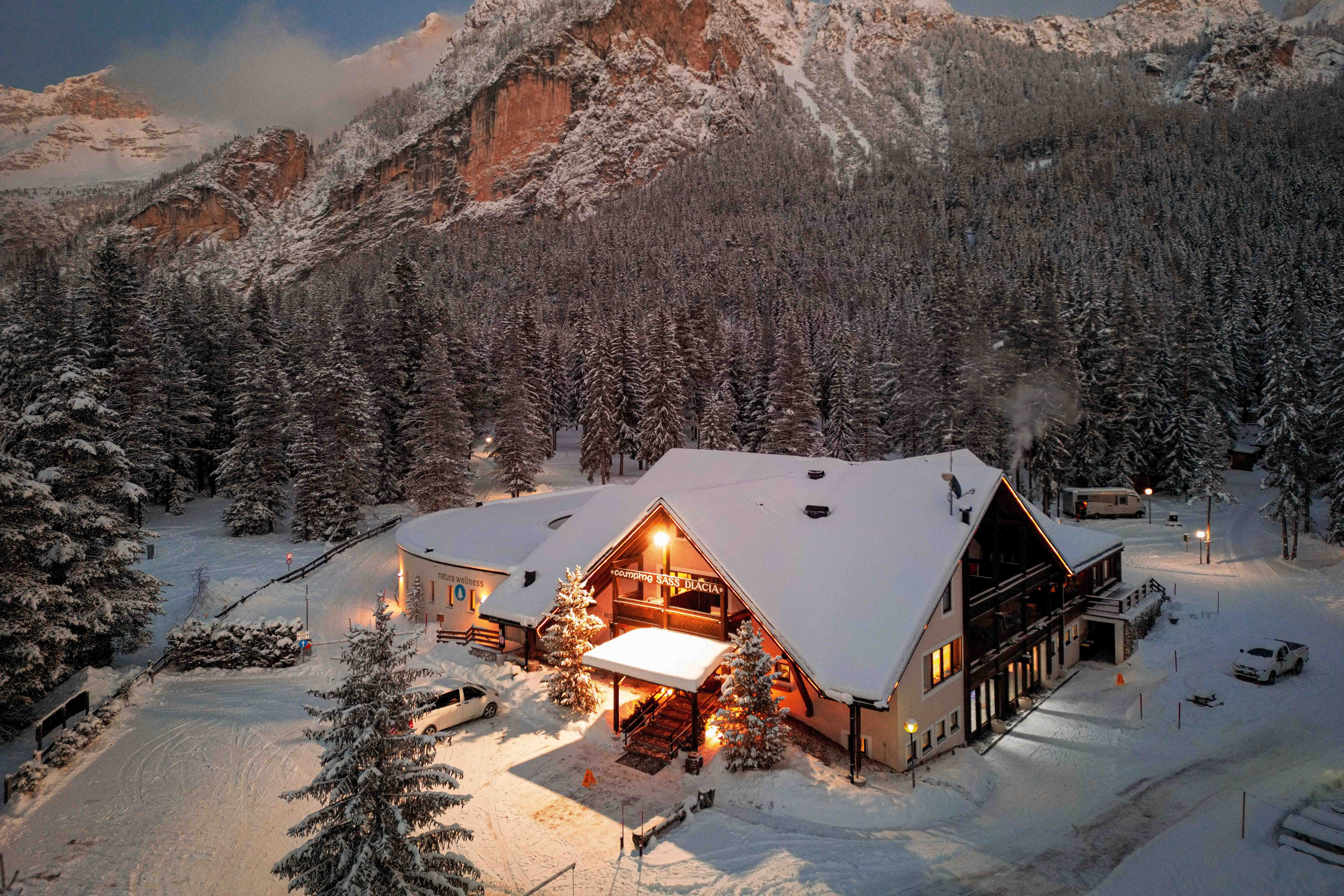

So, if you’re thinking of getting out and about this winter, here’s a few practical considerations that can help make winter touring a lot more enjoyable.
Check Gas Levels: It might sound obvious but checking that you have full gas bottles before setting off can save problems later on down the line and ensure that you won’t go cold even if you are staying where there’s no electric hook up. For us this meant ensuring our GasLow Refillable bottles were topped up to the maximum, using propane as this performs better at lower temperatures than butane.
Winter Tires or Snow Chains: If you’re just going away once or twice in winter months then a set of snow chains in the boot for any really bad conditions will suffice. However, if you plan on longer or multiple trips away in winter then consider swapping tires for winter or all-season specific ones. Most European countries require by law that you have either winter tires or snow chains to enter certain regions, mainly those where snow and ice are commonplace, such as in the mountains.
Drain Water Pipes: This is only really essential if you know it’s going to get really cold, as we did in the Dolomites, but draining water can avoid potential damage from frozen pipes. We turned off the water pump and then turned the taps on to draw any remaining water out, and then had two 6L refillable bottles for the water we needed on a daily basis.
Insulate the Cab: If there is one weak point to a motorhome when it comes to the cold weather it’s the front cab, which doesn’t have the same level of insulation as the rest of the motorhome. The thick lined curtains that cover the Adamo cab do a good job of keeping the cold out in most winter conditions. However, if you know you’re going to a destination that’s going to be a lot colder, such as where we were in the Dolomites or the Arctic Circle, then you will need to consider an insulated windscreen cover as well.
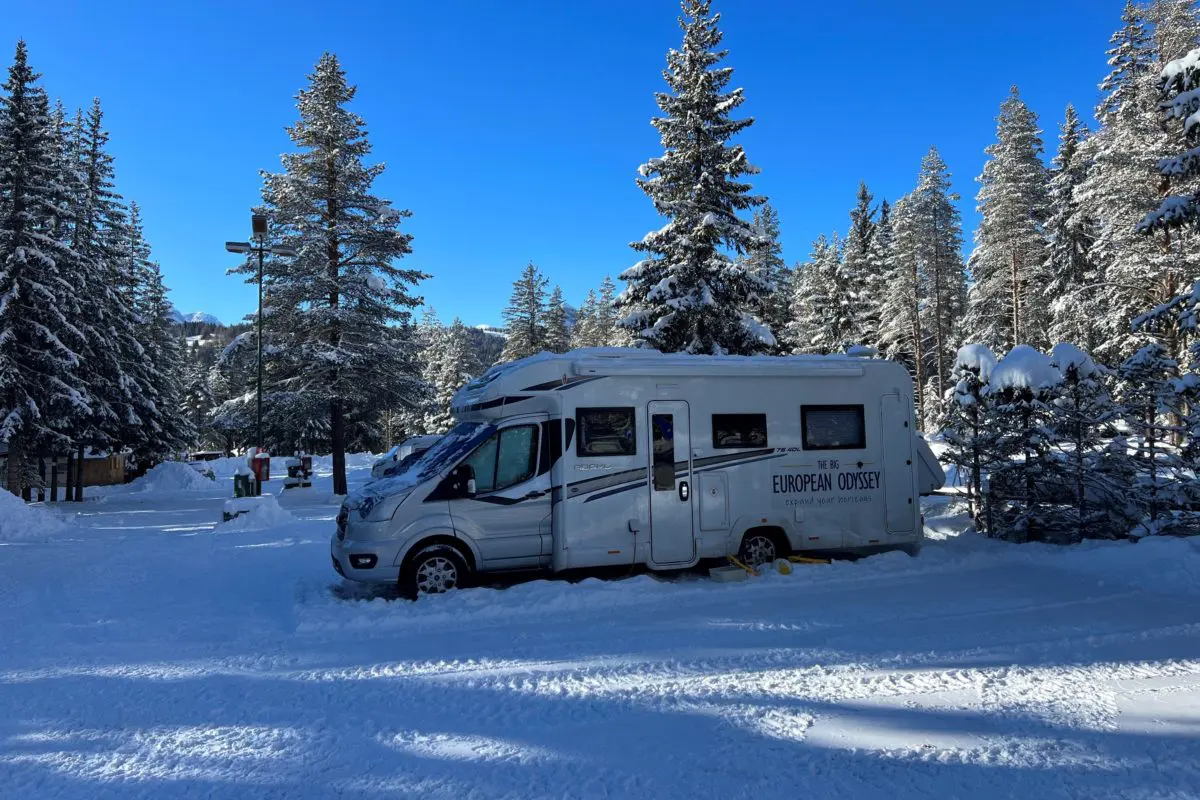
Ventilation When Cooking: It might sound counter-intuitive, given you want to keep your motorhome warm, however, when cooking keep the window by the kitchen open. This will help prevent the build up of condensation, which can freeze on the inside of the motorhome windows when the mercury drops below zero outside.
Air Vent Covers: You might also want to consider an air vent cover for your fridge. By fitting a fridge vent cover when it is cold, it allows fumes to escape and stops the heat exchange system from cooling down too much, helping your fridge to work properly and efficiently over winter, saving you power and money.
Dry Clothes and Kit in the Boot: If you’re away in the cold and get wet then don’t dry your clothes in the motorhome, but rather use the boot space instead – which in the Adamo is heated as well. The reason for this is that moist air in the motorhome will take longer to heat.
Hot Water Bottles and Hair Dryer: Two simple things that can make a big difference. The hair dryer is more practical, as it can be used to gentle thaw out any frozen pipes if required, whereas the hot water bottles are for pure comfort. There’s nothing quite like getting into a warm bed when it’s cold outside.
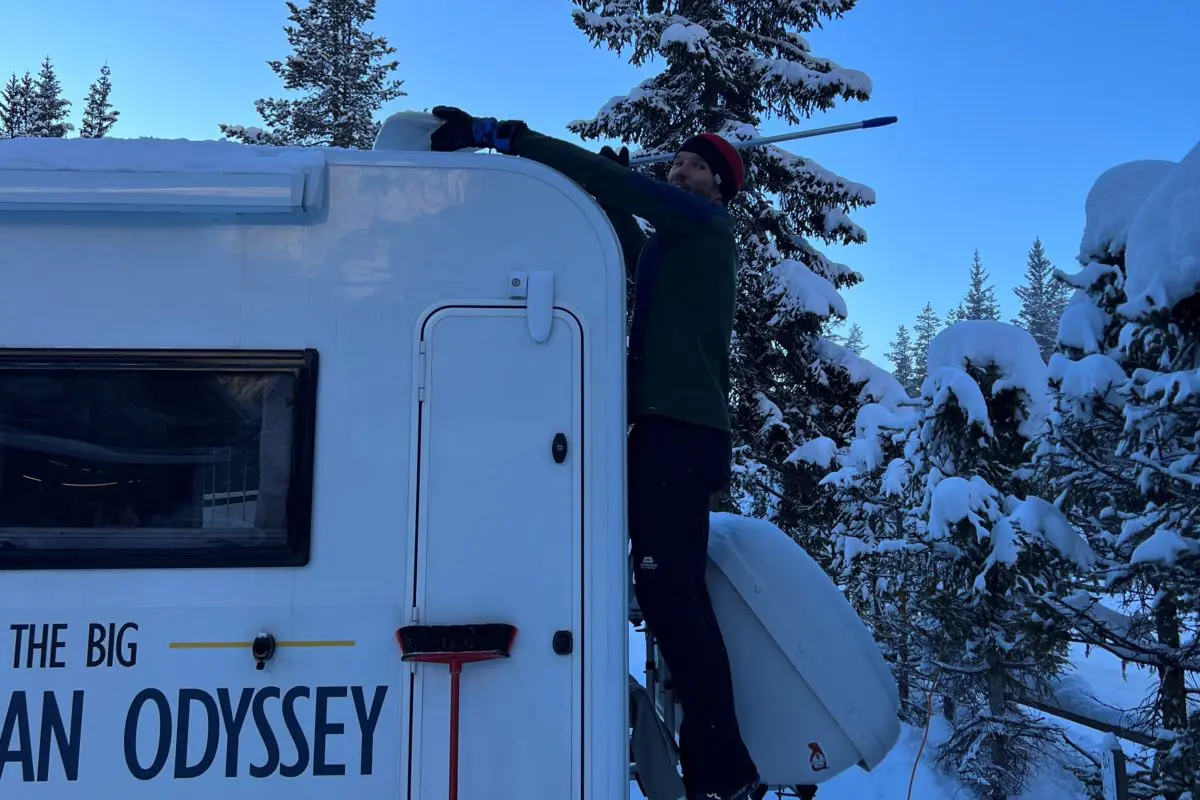
Don’t forget you can follow more of our adventures over on Instagram by following @MarcusLeachGlobal and @Our.Roaming.Odyssey and on Twitter it’s @MarcusGLeach.
Previous
Our Motorhome Travellers Guide to Dubrovnik
Next
The Reality of Home Schooling on the Road
Latest news & events
See all news & eventsGrantham's Midlands Caravan & Motorhome Season Ready Show
SPITTLEGATE LEVEL
GRANTHAM
